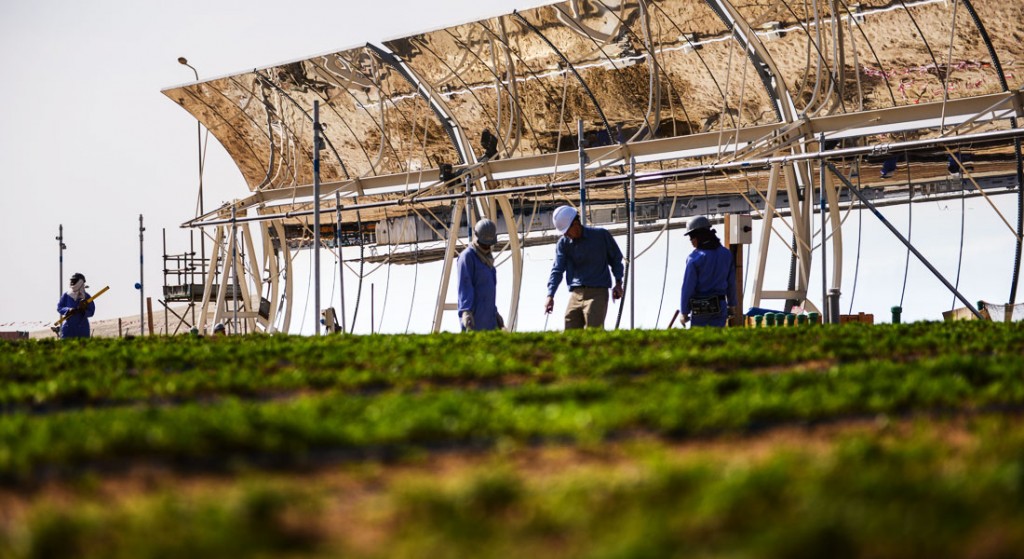The Sahara Forest Project (SFP) is an ambitious initiative for greening the desert that offers benefits related to multiple Sustainable Development Goals. At the pilot launch station in Jordan, SFP has demonstrated how seawater and solar energy can be utilized to provide combined effects of water conservation, food production, job generation, and carbon sequestration. This has led to international recognition, for instance by the use of SFP as a case study in the latest IPCC Assessment Report on climate change mitigation[1].
The Bellona Foundation is an international NGO based in Norway working towards a carbon-negative society with restorative growth. Bellona has been an advocate for circular economy and improved waste management practices for more than three decades and was for instance active in the process leading to a Norwegian ban on the landfilling of biodegradable waste in 2009[2]. Bellona has strong in-house expertise and a network that includes world-leading specialists in turning waste into a resource.
The next step towards realizing the full SFP potential is to develop and implement a scalable model for effective revegetation in the areas surrounding the SFP greenhouses: The Green Desert Platform (GDP). Effective revegetation requires the input of organic material, and GDP will utilize the waste management competence and network of Bellona to establish a method for providing this material based on local waste resources.
The next phase of the SFP endeavor expands the focus and gives increased attention to revegetation outside the greenhouses. The objective is to establish a scalable model for the revegetation of desert areas that can be replicated at other locations: The Green Desert Platform (GDP). GDP will utilize seawater and organic waste as key resources to accelerate the revegetation efforts. Thus GDP will demonstrate the possibility of revegetation while simultaneously highlighting the value embedded in organic waste, in areas with the limited or non-existent treatment of such waste. Organic waste is of particular importance from a climate perspective as it becomes a major source of methane emissions when landfilled. Methane is responsible for about 30 percent of global warming since pre-industrial times[3], with waste constituting 20 percent[4].


